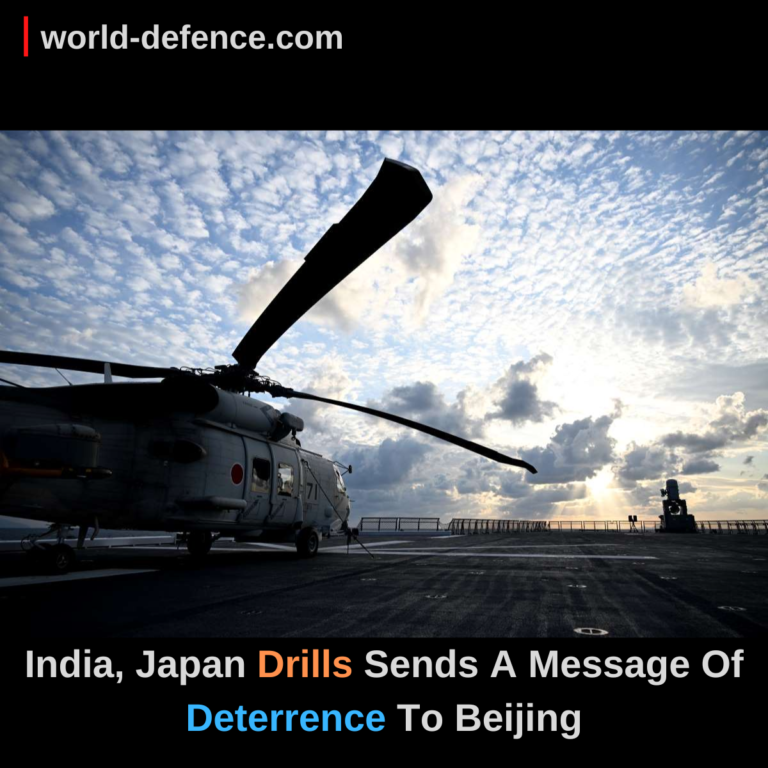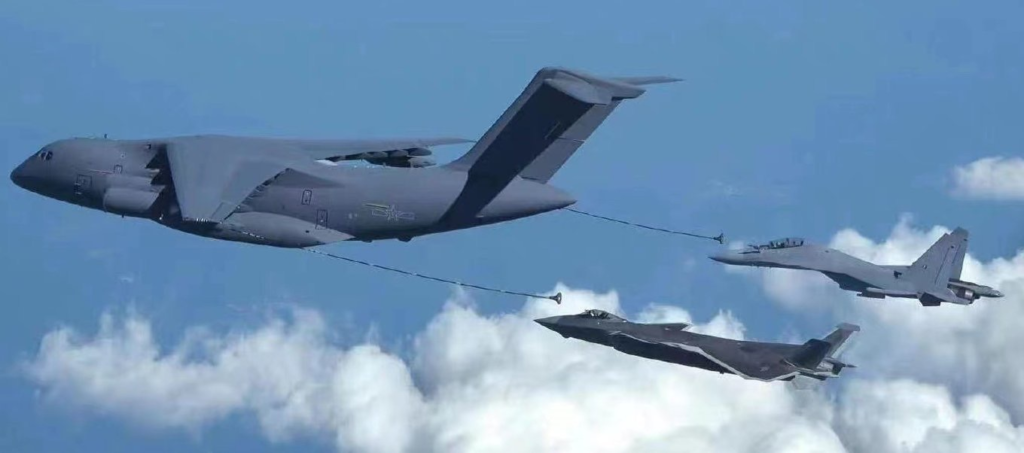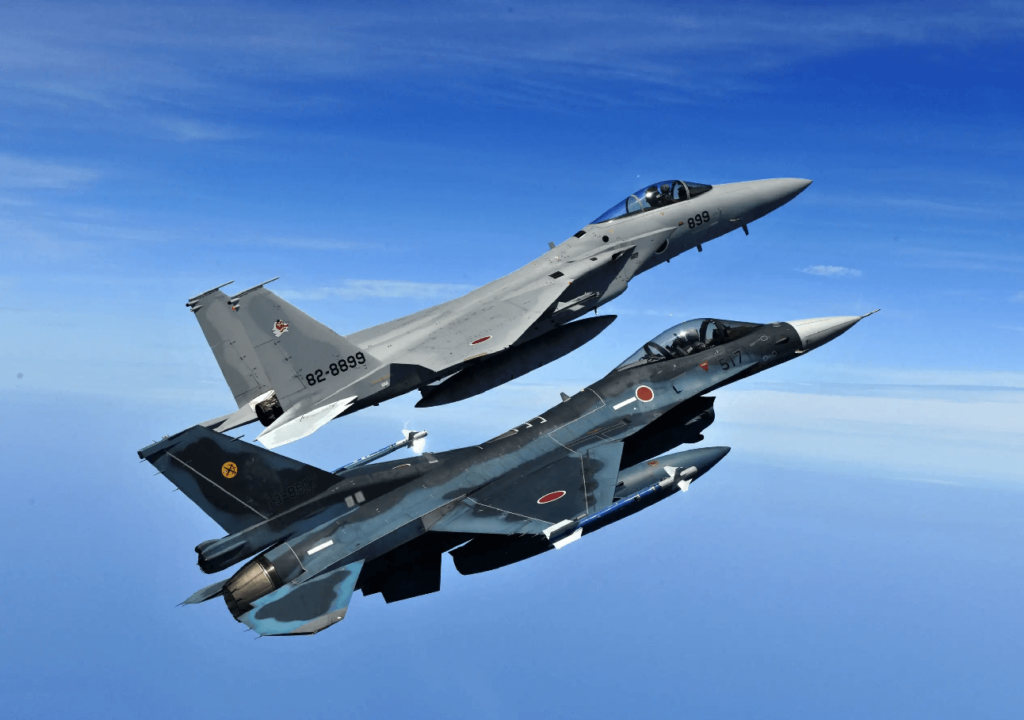
Japan, besides suffering for decades from the impact of the atomic bombs on the physical health of the inhabitants, it also became unavoidable for the country to charter an independent policy for the country.
In a sense, Japan had to go through a challenging post-war era.
With great dedication and national pride, the people of Japan rebuild their country and society along a modern democratic system and now stands as one of the top leading countries in the world.
Recently, Prime Minister Fumio Kishida presented the new budget to the Japanese Parliament, almost a revolutionary budget that Japan had not seen in the post-war era.
In his budget statement, PM Kishida said that Japan had drawn the defense budget, keeping the defensive and offensive aspects in sight. This was an apparent deviation from the past when the question of including offensive perception was far-fetched.
ALSO READ: Japan willing to assist India on 5th gen fighter
China Vs. The Rest
Behind Japan’s increased budget for all three defense services is the looming threat from China, an autocratic state that has grown immensely in the national economy and defense capabilities.
China has used its wealth to carve the field of its influence globally. In particular, China has embarked on a glorious policy of creating a global Chinese Empire with Beijing as the capital of the Chinese Empire.
China has become very aggressive. It has become a threat to the immediate neighbors or the island states in the Chinese South Sea and to the contiguous regions that touch on the existing borders of China.
The country is expanding its naval power unbelievably, and at the same time, it is messing with the Himalayan border with its big neighbor India.
Chain is very assertive about its claims to Taiwan in the Lankan port South Sea and to the north-eastern State of Arunachal of India. China has picked up cudgels with India regarding the international border in the Ladakh region also.
Chinese warships and submarines have frequently moved in the waters of the Indian Ocean Region (IOR). Recently two Chinese surveillance ships remained docked in the Bay of Bengal and close to the Sri Lankan port of Hambantota, gathering intelligence about the movement of Indian and other vessels in IOR.

Chinese jet fighters of the PLA Airforce are making threatening flights over Taiwan and other island states as far as Japan and Australia. Grabbing more and more land is an old habit of China.
Day in and day out, Beijing hands over threats to many of these smaller island states. The threats are silent but carry the full message of waning and intimidation.
It is this atmosphere of threats that has forced the big Indo-Pacific powers to come together to meet the challenge in the form of QUAD. The democratic countries of the Indo-Pacific Region are Australia, Japan, and India.
Chinese jet fighters of the PLA Airforce are making threatening flights over Taiwan and other island states as far as Japan and Australia. Grabbing more and more land is an old habit of China.
Day in and day out, Beijing hands over threats to many of these smaller island states. The threats are silent but carry the full message of waning and intimidation.
It is this atmosphere of threats that has forced the big Indo-Pacific powers to come together to meet the challenge in the form of QUAD. The democratic countries of the Indo-Pacific Region are Australia, Japan, and India.
ALSO READ: Russia warns India not to allow Japan to record the Su-30MKI engine and radar signatures.
India And Japan Conduct Drills
As part of Quad-4 business, joint air combat drills between Japan and India are mainly symbolic, as some analysts would say but carry a message of deterrence to China’s ambitions in the Indo-Pacific as nations develop new military alliances that Beijing will have to game into its strategy for the region.
These are called the maiden Veer Guardian exercises and are held at an airbase in Ibaraki prefecture, northeast of Tokyo, until next Thursday, the 25th of January, with four F-2 and four F-15 fighters taking part, disclosed the sources of the Japanese Defense Ministry.
India and Japan are collaborating in many fields of common interest. But it is the first one-on-one training of its kind, the ministry added, although Japan and India have conducted joint maritime exercises since 2012 and army training exercises since 2018.
Indian Air Force fighter air crafts are at Japan’s Air Self–Defense Force Hyakuri Air Base for the Japan-India joint exercise. Four F-2 and four F-15 fighters are taking part.
“The more the status-quo militaries hold exercises, the safer the Indo-Pacific is,” said Masafumi Iida, a security studies fellow at the National Institute for Defense Studies in Japan.
The term Indo-Pacific, promoted by the US and adopted by its strategic partners, has been used to reflect the importance of India, Australia, and Japan in Washington’s strategy to deal with China’s assertiveness in the Pacific and tensions on the Taiwan Strait.

Australia hosted the Pitch-Black joint military exercise in August, with 17 countries taking part, with German Air Force taking part for the first time.
All these exercises are not symbolic, nor are the ventures of China symbolic. Perhaps the pattern of modern warfare could be a departure from the conventional warfare with which we are acquainted.
And as we look at the Russia-Ukraine war, it is becoming clear that war in the present age is to be the war of missiles. Scientists are already seized with the idea of making such changes in the drones and missiles as would spring a surprise to the enemy. The development of the Penicillin missile by Russia is an example.